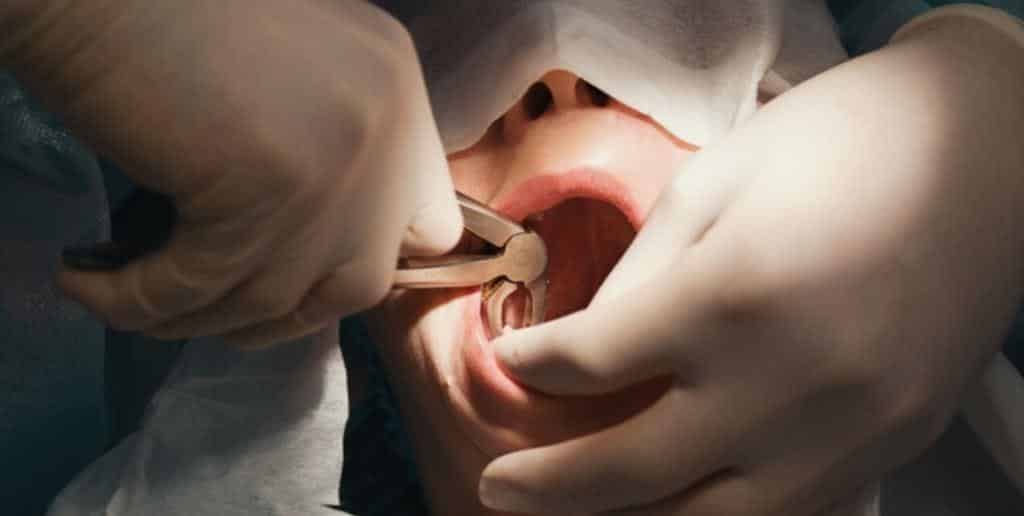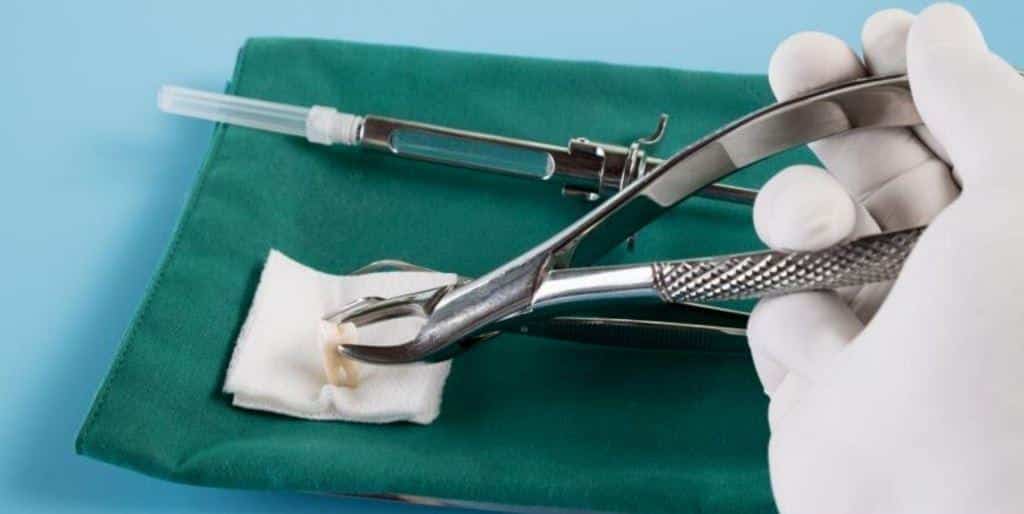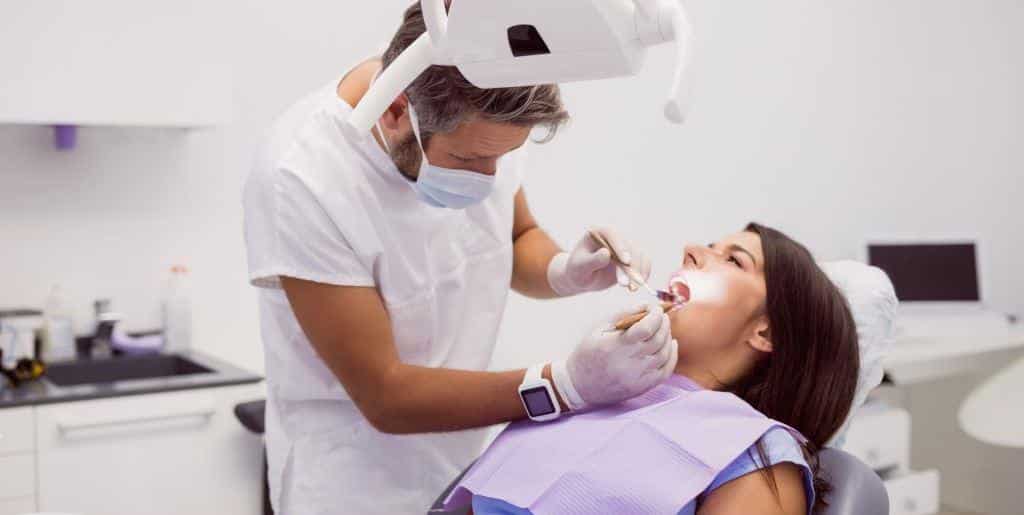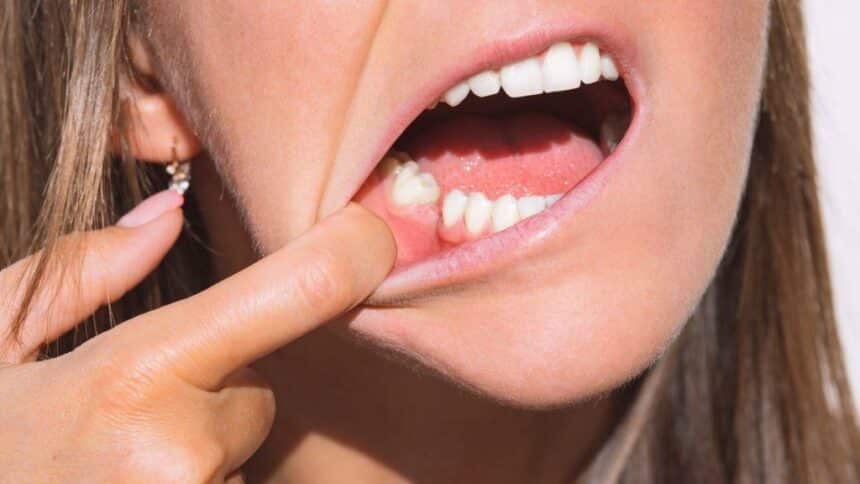Tooth extraction is not one of the patients' favourite procedures and is always a last resort, nevertheless sometimes it is the only option. A rare but very painful complication after tooth extraction can be a dry socket. Find out what it looks like, what its symptoms are and whether it can be prevented.
When is tooth extraction necessary?
Extraction of a tooth is a last resort. It is carried out when the range of treatment options has run out and there is no longer any salvation for the tooth. This is the case, for example, with irreversible periodontitis or obstructed canals.
This is why preventive visits to the dentist are so important. In the early stages of a tooth disease, the dentist is able to propose appropriate treatment so that extraction does not occur, which you can read more about in our article "Tooth extraction in the UK - when is it necessary and how much does it cost„.
Therefore, whenever you experience even the slightest toothache, make an appointment. We would like to remind you that pain can be of various origins - from decay, to cavities, to inflammation and infection. However, each one should be consulted with your dentist. You can read more about various toothaches in our text - "Toothache - types, causes and treatment„.
Back on topic.

What exactly is a dry socket?
When a tooth cannot be saved, it must be extracted. Normally, a clot develops at the site of the extracted tooth to protect the wound and allow it to heal. A dry socket is a condition where this clot has been accidentally removed from the tooth or where it has not formed at all. Rarely, but nevertheless, it sometimes happens that the cause of a dry socket is an incorrect extraction, during which some part of the tooth was left in the socket.
This causes immense pain, which usually occurs around day 2-4 after the treatment. Therefore, if severe, persistent pain persists for more than 2 days after tooth extraction, it is necessary to make an appointment. It is better to blow the whistle and see if you are affected by this complication.
In addition to pain, you should be concerned about persistent bleeding, visible large redness, visible bone and unremitting swelling. Some patients also develop a fever.

Dry socket - can it be prevented?
The post-extraction complication of dry socket occurs in approximately 2-4% patients after tooth extraction and cannot always be prevented. Factors that increase the risk of dry socket include smoking, high blood pressure, taking contraceptives or blood clotting problems. It also occurs more frequently in women than men and after an extraction of a tooth in the jaw.
However, there are a few rules to follow after extraction, to reduce the risk of dry socket. Above all, you should not eat or drink for 2 hours after the procedure. It is by breaking this rule that the clot is often flushed out of the alveolus. Give the wound time to heal.
After tooth extraction, good hygiene is important, but beware of brushing too hard near the wound - this can also damage the resulting clot. Avoid smoking, drinking alcohol, hot baths or saunas for the first 24 hours.
Use ibuprofen remedies to relieve post-extraction painTake a few of these medicines, such as paracetamol or ketoprofen. Avoid aspirin as it can thin the blood, making it more difficult for a clot to form. Read more about the appropriate management of tooth extraction in our text - "What not to do after a tooth extraction and how to speed up healing„.

Treatment of dry socket
As soon as you suspect you have a dry socket, make a dental appointment as soon as possible. If left untreated, it can lead to abscess formation and even osteitis, which often ends with a visit to hospital.
The dentist will clean the alveolus of food residue or tooth debris, if they remain there, and will flush it out with saline. He will then apply painkillers and anti-inflammatories. Sometimes it is necessary to administer an antibiotic. He or she will also instruct you on how to handle the wound and whether, for example, to use a gentle rinse with an antibacterial agent.
Treatment of dry socket usually takes several days, when more than one visit to the dentist is needed to monitor the condition of the socket. At our dental practice, one such visit costs £50, so if this problem may affect you, don't delay.
Dry socket treatment unlikely to ruin your budget home, however, prevention is always better than cure. So take care of your oral health and visit your dental practice regularly. As a reminder, you can take advantage of instalment payments at our practice if your treatment is over £350.The system is 100% secure, regulated by the Financial Conduct Authority (FCA number 619628).

